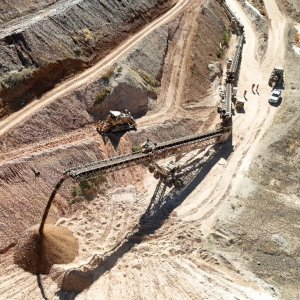
Fracking Back on the Table?
CNH on Tuesday authorized a change in PEMEX’s exploration strategy that could permit the NOC to use hydraulic fracturing – or fracking – in the Tampico Misantla Basin, but only if the policy that prohibits the controversial method is changed. According to El Economista, CNH’s green light means that the NOC could frack up to 18 wells should the law against the method change. This would require investment of US$437 million.
The use of fracking in Mexico is a confusing issue and President Andrés Manuel López Obrador has publicly stated his opposition to it. At an October 2018 press conference, the then president-elect said he would not allow its use in Mexico. In June 2019, he canceled PEMEX’s authorization to frack on the Humampa field. Yet, PEMEX does frack. In the 2020 Budget Proposal, the company requested US$10 billion (US$523 million) to continue fracking in shale gas areas including the basins of Sabinas, Burgos and Tampico-Misantla, as well as 29 productive fields in Veracruz and Puebla.
The president rejected hydraulic fracturing for reasons of pollution and the fact that it is a method that requires heavy water use. In a mañanera last year, the president said that through fracking, “you have gas like that (quickly). Yes, but then we would not have water.”
Industry stakeholders reject the view that fracking is more harmful to the environment than other conventional means, saying that the general public’s view is now outdated. “The common criticisms are of older legacy technologies, which are being faded out,” Craig Steinke of Renaissance Corp. told Mexico Business News at the beginning of the year.
“The advance in shale technologies over the last decade has made the fracking process far safer and cleaner […] while companies once used fresh water for their shale operations, formation or brackish water is now being used in its place,”
The Mexican Alliance Against Fracking criticized PEMEX for using fracking on three non-conventional fields in 2019, Pankiwi-1EXP, Kaneni-1EXP and Maxochitl-1EXP in the states of Puebla and Veracruz, reports El Economista. But many within the industry consider fracking to be a next logical step for Mexico, whose natural gas needs are growing. In the north of the country, Mexico borders with the US state of Texas, which is the location of the world’s cheapest natural gas in the state’s shale deposits. This market has been created by applying fracking techniques that would likely be applicable to geologies in the north of Mexico, industry insiders say.
















